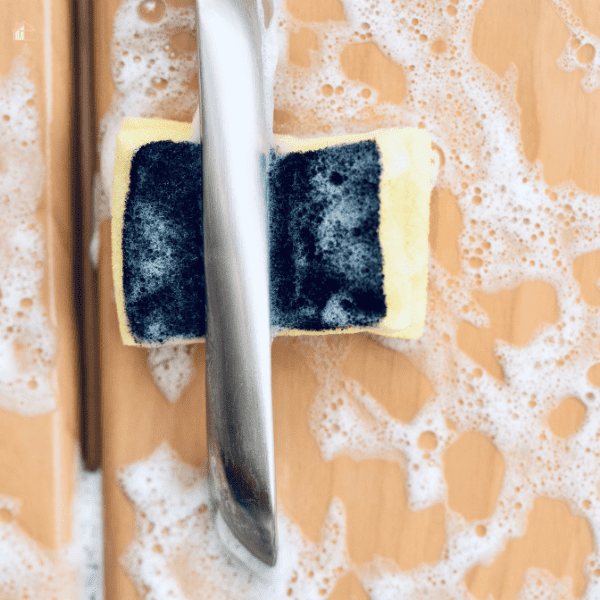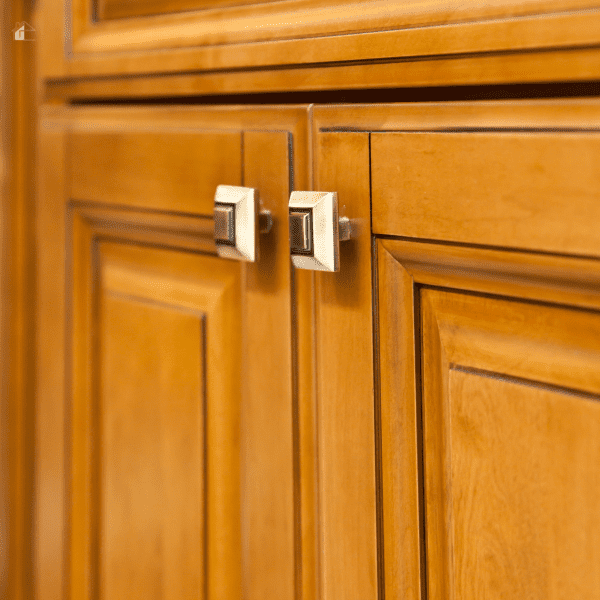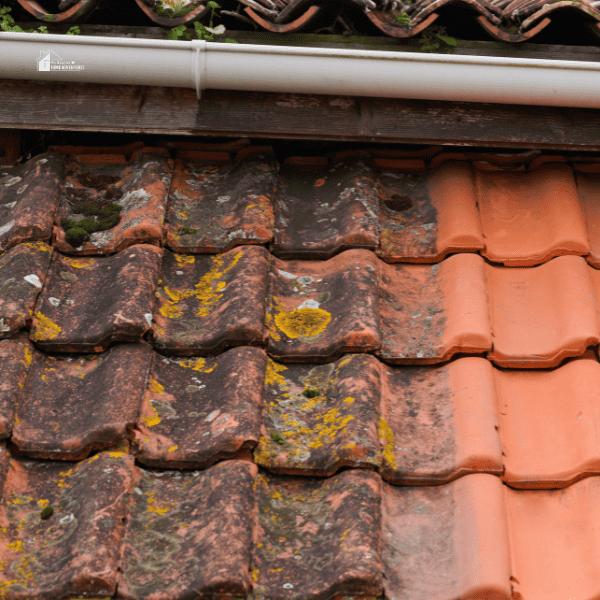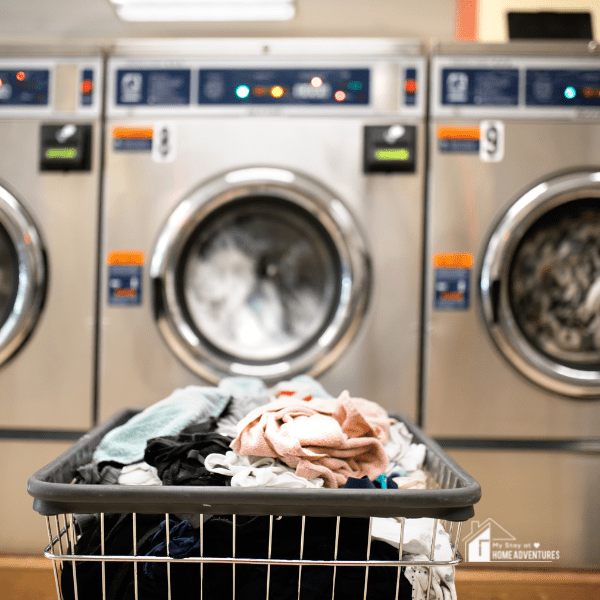How to Clean Kitchen Cabinets (Tips To Keep Them Fresh and Shiny)
This post may contain affiliate links which might earn us money. Please read my Disclosure and Privacy policies hereYou love your kitchen, but you hate cleaning the cabinets. So, let's be honest; keeping kitchen cabinets clean can be a process, especially when you don't want to ruin their finish.
When cleaning the kitchen cabinets, it is vital to use natural cleaning products because harsh chemicals can damage wood finishes and leave behind an unpleasant smell. You also want to be careful not to use too much water because it can seep into the wood and cause warping.

What is the best thing to clean cabinets with?
When it comes to cleaning cabinets, the key is using a cleaner that is effective yet gentle enough not to damage the finish. A reliable and commonly recommended cleaner is a simple solution of mild dish soap and warm water. This concoction is particularly suitable as it removes dirt, grease, and other contaminants without being abrasive.
You can also opt for commercial cleaners specifically designed for cabinet materials, such as specialized wood or laminate cleaners, formulated to care for the finish while providing a deep clean.
Prepare the cleaning solution by mixing a teaspoon of mild dish soap with a quart of warm water. Dip a soft microfiber cloth into the mixture, wring out the excess, and then wipe down the cabinets. A glass cleaner or a solution of equal parts water and vinegar can be used for an extra shine for glass panels or metal handles.
Remember to spot-test any cleaner in an inconspicuous area first to ensure it doesn’t damage the cabinet’s finish. Finally, after cleaning, wiping the surface with a dry cloth is important to prevent water spots or damage.
Does cleaning cabinets with vinegar work?
While cleaning your kitchen cabinets may seem like a daunting task, it can be made much easier by cleaning them with vinegar!
You might like these posts:
Vinegar mixed with water is the best way to deep clean and remove those tough stains. Not only will you save yourself from harsh chemicals, but this also won't damage the finish on your cabinet doors or drawers!
How to clean your cabinets using vinegar:
Regarding dirty cabinets, vinegar is the most popular natural cleaner. In a spray bottle, combine a 50/50 vinegar and warm water solution.
To clean the cabinets, spray the solution and allow it to sit for about two minutes. Using a soft, clean cloth, wipe the cabinets clean.
What are the tools to clean your cabinets?
To deep clean your kitchen cabinets, we recommend the following tools:
- toothbrush
- cleaning cloth
- favorite cleaner
- spray bottle or bowl
Best cleaning cloth to clean kitchen cabinets
When cleaning your cabinets, you'll want to use a cleaning cloth that is not too abrasive. Some people wear old T-shirts or rags when cleaning, but we prefer cleaning clothes. You can buy these special cleaning cloths at any store.
What products to clean kitchen cabinets?
If vinegar and water are not doing your desired job, try cleaning your kitchen cabinets with vinegar and baking soda. Mix them to make an excellent cleaning paste that will remove tough stains without harming your cabinets.
Get any old toothbrush and clean the grooves in the cabinet doors. Using a toothbrush is a great way to eliminate those caked-on food bits, whether inside the door or on the edge of your cabinet.
Are you using other cleaning products to clean your cabinets? No problem!
When you have a cleaning product, please read the directions to see what surfaces this product can be used on. Most cleaning products are not designed to be used on laminate wood.
If cleaning your cabinets with cleaning solution, test out the cleaning solution in an inconspicuous area on the cabinet to ensure that it does not damage the finish.
When cleaning kitchen cabinets, always use a cleaning solution in a spray bottle and then wipe it clean with a soft cloth. Do not use an abrasive cleaning cloth, as this may damage the finish on your cabinets.
Be sure to test any cleaning solutions in an inconspicuous area of your cabinet before cleaning the entire cabinet.
How many times should I deep clean my kitchen cabinets?
It's best to clean your kitchen cabinets deep every six months. A quick wipe weekly will help keep them looking their best between deep cleans.
Why can't I use too much water when cleaning my kitchen cupboards?
The main reason is that you don't want water to damage the wood. Also, if any nails or screws are holding the cupboards together, this water can cause rusting problems and eventually weaken the overall structure of your cabinets.
Once you've finished cleaning the cabinets, be sure to wipe away any cleaning solution with a clean, damp cloth and then give the doors a final wipe with a dry cleaning cloth.
How do you clean kitchen cabinets without removing the finish?
To clean kitchen cabinets without damaging the finish, you'll need to choose a cleaning method that is both gentle and effective. We mentioned vinegar and baking soda, but you can also use other cleaners.
Start by dry dusting with a soft, lint-free cloth to remove surface dust. For regular cleaning, a solution of mild dish soap and warm water is usually sufficient. Mix a small amount of dish soap with the water and dampen a microfiber cloth with the solution. Gently wipe the cabinets, focusing on handles and other areas where grease and dirt accumulate.
Avoid using abrasive pads or harsh chemicals that can strip the finish of your cabinets. If your cabinets are painted, stained, or have a high-gloss finish, be cautious not to use any materials or solutions that could scratch or dull the surface. After cleaning, make sure to rinse off any soapy residue with a fresh, damp cloth, and then dry the cabinets with a clean towel to prevent water damage and streaks.
For periodic tougher spots where food or grease may have splattered, you can create a paste of baking soda and water. Apply the paste to the stained area with a soft cloth or sponge, rub gently in a circular motion, then wipe off with a damp microfiber cloth and dry thoroughly.

How do you get grease and grime off wood cabinets?
To remove grease and grime from wood cabinets effectively, you’ll want a cleaning solution that can cut through the buildup without harming the wood. As a starting point, the mild dish soap and warm water method is beneficial for light to moderate levels of grease.
For more stubborn grime, you can mix a strong solution that combines one part vinegar to two parts warm water, adding a few drops of liquid dish detergent for extra grease-cutting power. Vinegar is a natural degreaser and can help soften the accumulated grime.
If the grease is particularly resilient, you may use a dedicated wood cabinet degreaser—these products are designed to cut through grease without damaging the wood's finish. Always test any cleaner on an inconspicuous area first to ensure no discoloration or damage occurs.
Once your cleaning solution is ready, dip a soft cloth into it, wring it out, and gently scrub the cabinets, paying particular attention to hardware and crevices where oil and grime can collect. Afterward, it's essential to rinse the cabinets with a clean, damp cloth to remove any lingering cleaning solution and then dry them immediately with a towel to protect the wood.
For extreme cases, such as old or thick layers of grime, you might consider using a cabinet cream. These creams not only clean the wood but also condition it. Apply the cream as per the manufacturer's instructions, usually working in sections, and then buff with a clean cloth until the cabinet shines.
Can I use Dawn to clean kitchen cabinets?
Yes, Dawn dish soap is safe and effective for cleaning kitchen cabinets. Dawn is designed to cut through grease, which makes it especially useful in the kitchen, where cabinets are exposed to cooking oils and fingerprints. Mix a few drops of Dawn with a quart of warm water to make a cleaning solution, then gently scrub the cabinets with a soft sponge or microfiber cloth.
Leave the solution on for tougher stains for a minute or two to let it break down the grease. However, be sure not to let the solution sit too long on wood cabinets to avoid any potential water damage. Afterward, rinse the cabinets with a different cloth dampened with plain water and dry them with a clean towel to avoid leaving any soap residue or moisture that could damage the finish.
When using Dawn, it’s important not to overdo the amount of soap in the mixture, as this can result in a film of residue that can attract dirt over time. A light dilution is generally sufficient for kitchen cabinet maintenance.
Does vinegar and Dawn clean?
Vinegar and Dawn can make a potent cleaning duo, tackling various household cleaning tasks. Vinegar's acidity makes it a natural disinfectant and degreaser, while Dawn's surfactants cut through grease and grime. They offer an effective solution for many surfaces, including floors, sinks, and even some upholstery.
However, it's important to note that vinegar is acidic, and when used on certain surfaces, such as hardwood or natural stone, it can potentially etch or dull the finish. Before mixing vinegar with Dawn as a cleaning agent, always consider the material you're cleaning and test the solution on an inconspicuous spot.
To make a cleaner, mix a solution of equal parts Dawn and vinegar with warm water, apply it to the area to be cleaned with a sponge or spray bottle, let it sit for a few minutes to dissolve the build-up, and then wipe or scrub the area clean.
This mixture works well for bathroom soap scum, kitchen countertops, and even as a pre-treatment for laundry stains. After cleaning, rinse the area with water, particularly if used on surfaces sensitive to acidity, to prevent any potential damage from the vinegar.
What is the best cleaner for grimy kitchen cabinets?
Tackling grimy kitchen cabinets effectively requires a cleaner that can penetrate and dissolve grease and grime without damaging the cabinet materials. Considering the varied weather, which can impact indoor grease buildup, a cleaner that can handle both light and heavy residues may be particularly beneficial in Pennsylvania.
A commercial degreaser formulated for kitchen use is often the best approach for grimy kitchen cabinets. These specialized cleaners are designed to break down tough kitchen grease, food spills, and dirt accumulating over time.
Regardless of the chosen product, following the manufacturer's instructions is crucial. A general method for using these cleaners would be to spray or apply a small amount onto the cabinet surface, let it sit for the specified amount of time to break down the grime, and then wipe it away with a soft cloth or non-abrasive sponge. Afterward, rinse the area with a damp cloth to remove any cleaner residue and then dry with a clean towel.

Remember, it's always best to test the cleaner on a small, inconspicuous area first to ensure no adverse reaction to the cabinet finish. Regular cleaning maintenance after degreasing can also help prevent the buildup from becoming as substantial in the future, keeping your kitchen cabinets looking their best.







